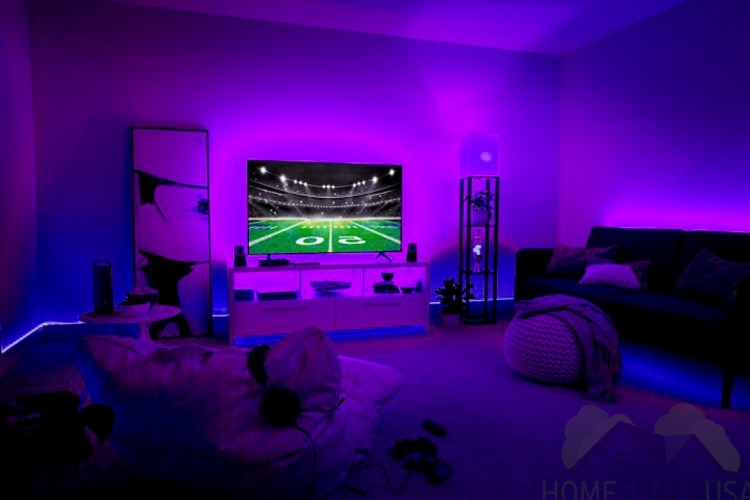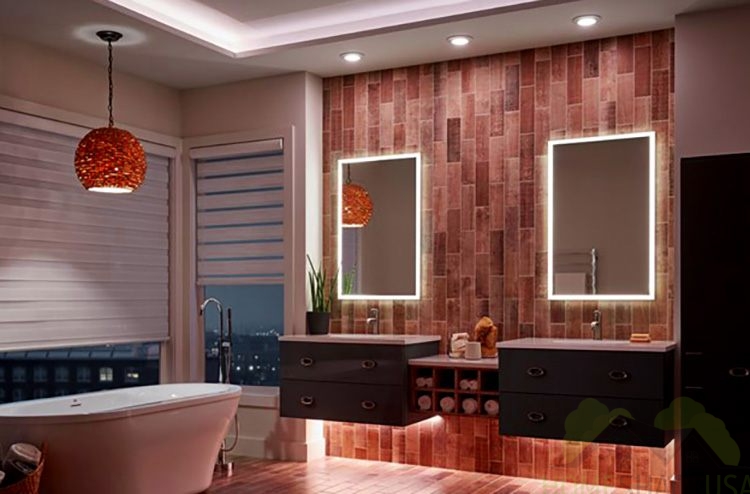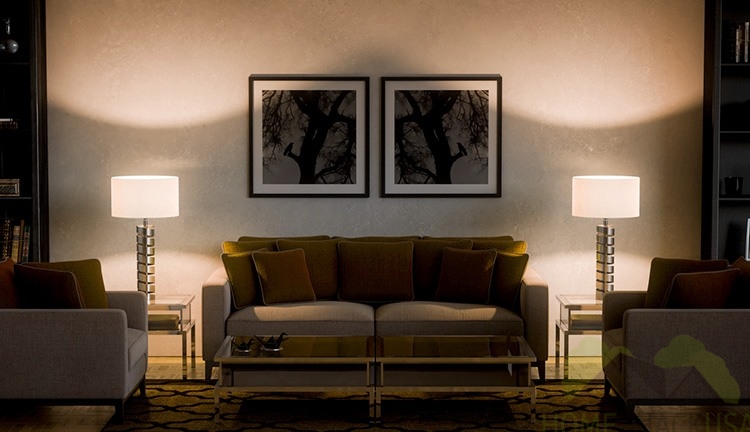Light layering in your home is how you create an atmosphere. Interior designers think of lighting not simply as a way to make everything visible but as a creative task that has the aim of enhancing the look of your home.
Sure, you can go with a single pendant in the living room and you will still be able to see everything during the evening but that won’t bring you a feeling of coziness. Layering lighting sources is a way to bring cohesion to the place and make it feel welcoming.
Proper light layering is not the simplest task but you also don’t need to be an interior designer to pull it off. This article will tell you how professionals do it so that you do it the right way too.
How to Layer the Light in Your Home According to Experts
Layering means combining different light sources in a way that provides comfort and brings elegance and style to the room.
To properly do it you first need to understand the main types of lighting in a home. After that, you can choose between various different models of fixtures to choose ones that match your taste and the general style of your home interior.
Think about how different the lighting atmosphere is in bars and restaurants as opposed to the one in office buildings for example. Lighting sets a mood and its essential to know how to control it if you want the lighting to be both functional and aesthetic.
Below are the three main types of light sources and after you get to know them, you will learn how to mix and match them the way interior designers do.
Ambient Lighting

Ambient lighting provides the general illumination of a room and allows you to see what you’re doing. Think of it like a general background of light that is necessary in every room for general convenience.
Popular ambient fixtures include pendants and chandeliers that provide general illumination, as well as wall-mounted fixtures, recess, and track lighting. They provide a base that will allow you to add layers on top of it to create a mood and make your home lighting look like it was planned by a professional interior designer.
Natural light also provides ambiance but you will also need an additional source for after the sun sets.
For ambiance, you should avoid sticking only to one ceiling-mounted feature such as an elegant chandelier. Although it provides decorative value, the light might not be enough to let you easily navigate in the room so consider adding some wall-mounted features too.
Task Lighting
Task lighting is extremely important, especially in busy rooms where you do most activities at home, such as the kitchen or the living room. It provides focused illumination over areas in which you need to see very well what you are doing, such as reading corners in the living room, cooking areas in the kitchen, or next to your bed where you read in the evening before falling asleep.
Popular fixtures include desk or bedside lamps, as well as track lights that can be pointed in the direction you need. Under-cabinet lights are also often used in kitchens and you will see for yourself how big of a difference they make when it comes to convenience during cooking.
Standing lamps are also extremely convenient task lighting features as you can place them wherever light is most necessary at a given moment.
Accent Lighting

Accent lighting forms the last layer of the scheme and it has more of a decorative value rather than a functional one. It brings a sense of visual aesthetics and is commonly used to accentuate pieces of art, photographs, architectural details, or elegant pieces of furniture.
This layer is where you should express your creativity in interior design and play with unconventional fixtures such as LED strips, decorative pendants, and elegant standing lamps.
At night, when you’re done with the daily tasks and you need an atmosphere of relaxation, you can only let the accent lighting on to create a mood of intimacy and coziness.
How to Properly Layer Them
Now that you know the purpose of each type of lighting for your home, you’re probably asking yourself how to put it all together. You should start with the ambient light and then layer task lighting, finishing with the accents, but there are a few important things to consider.
First, make sure that the illumination is easy to control and that the sources are connected through separate circuits.
Color temperature is also important. It’s not a good decision to mix warm and cold light as it might overload your eyes.
It’s best to choose LED bulbs whose color temperature can be changed according to your needs at a specific time of the day.





